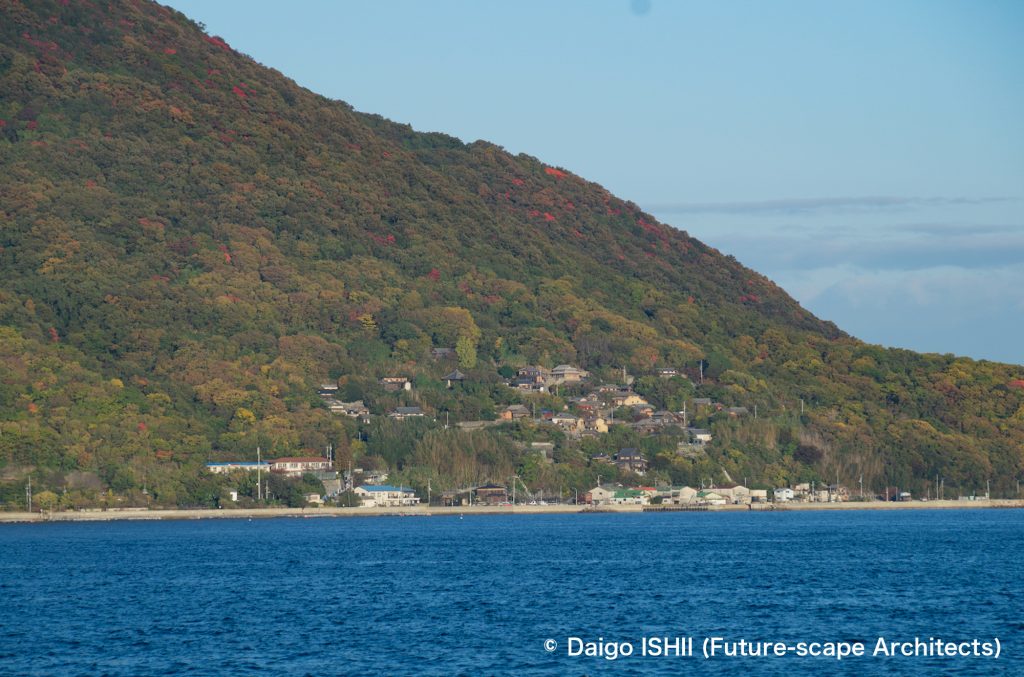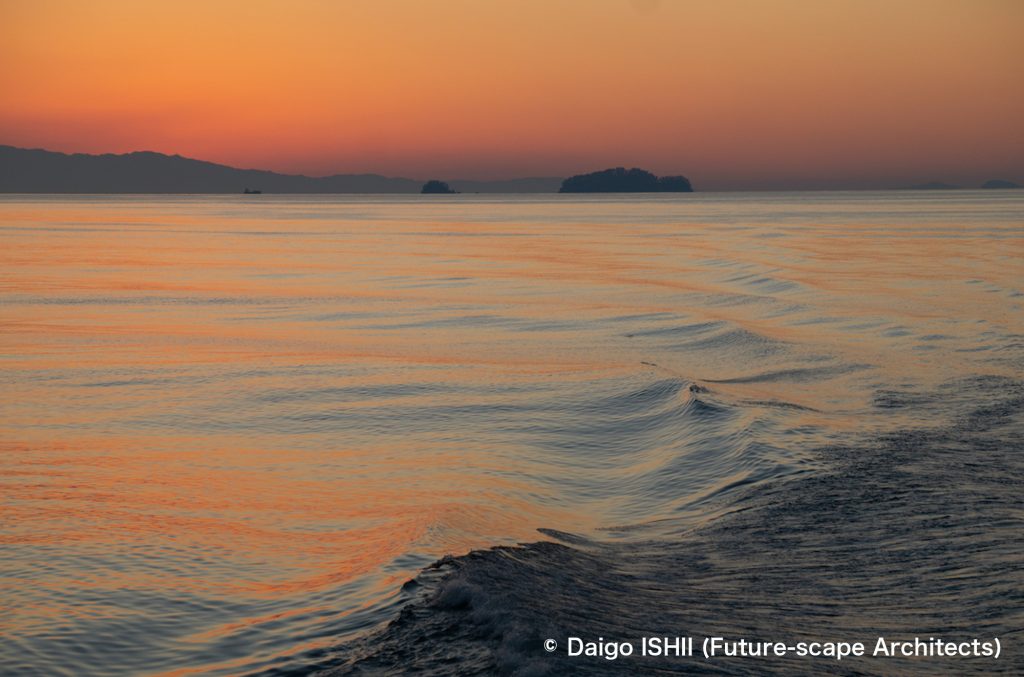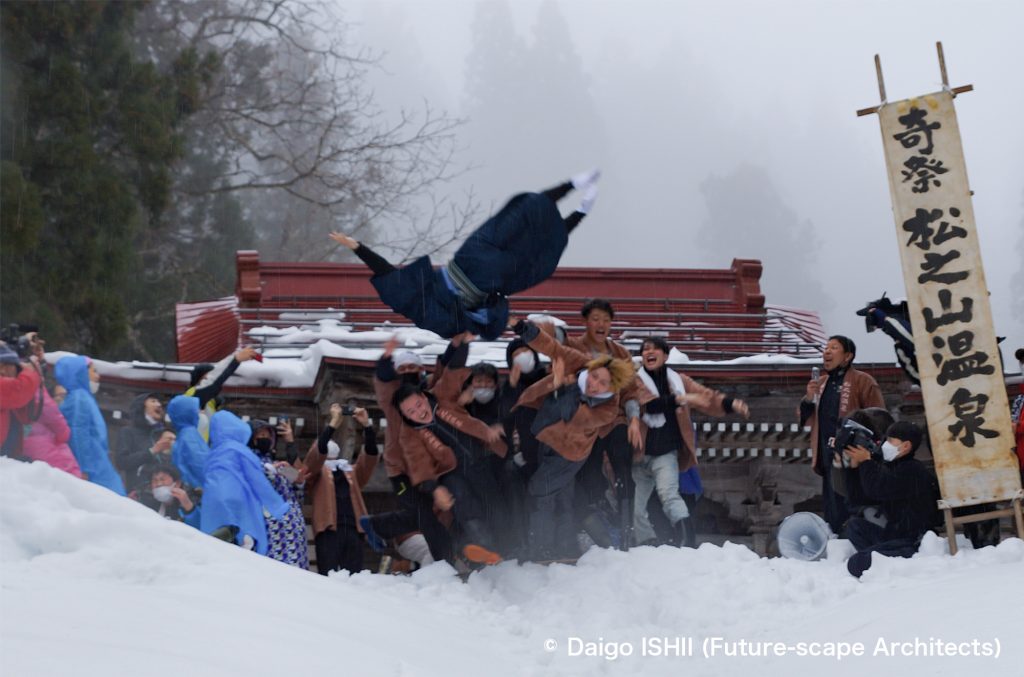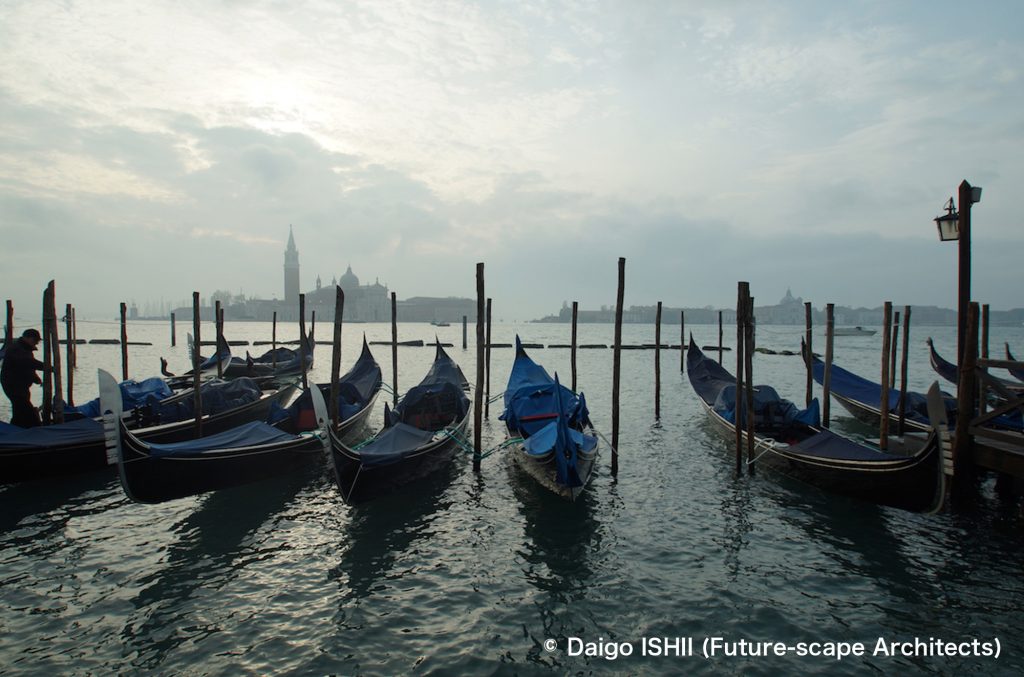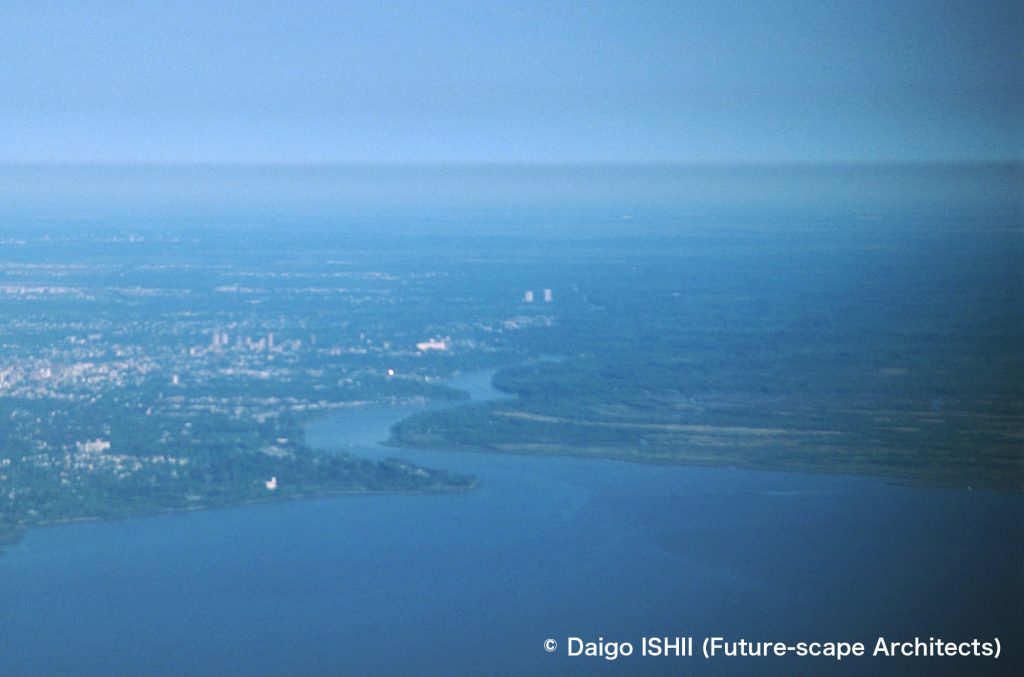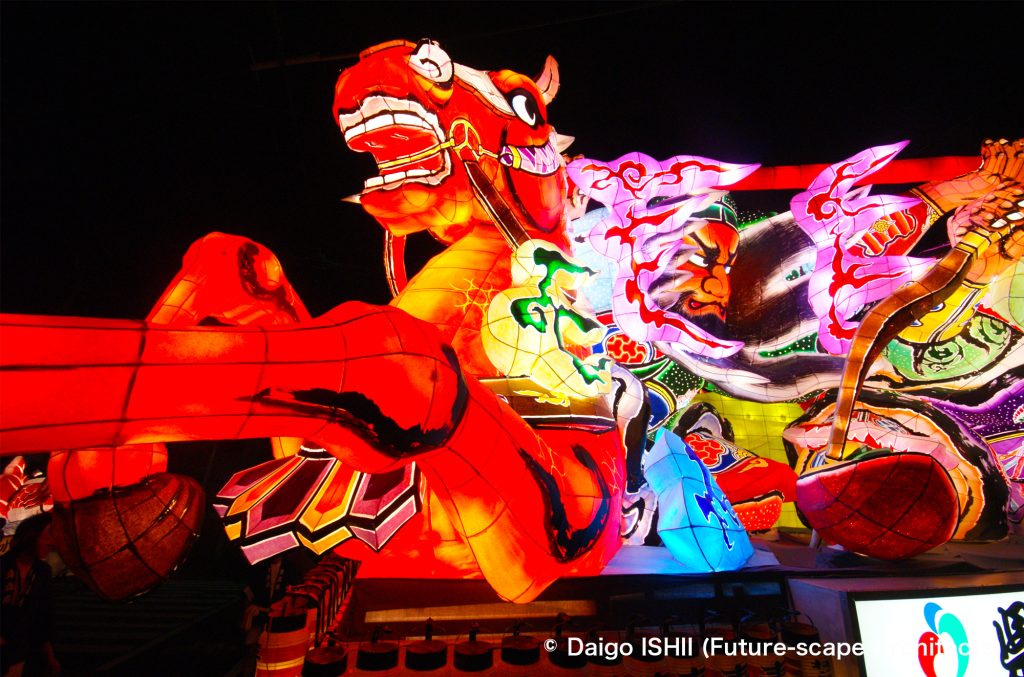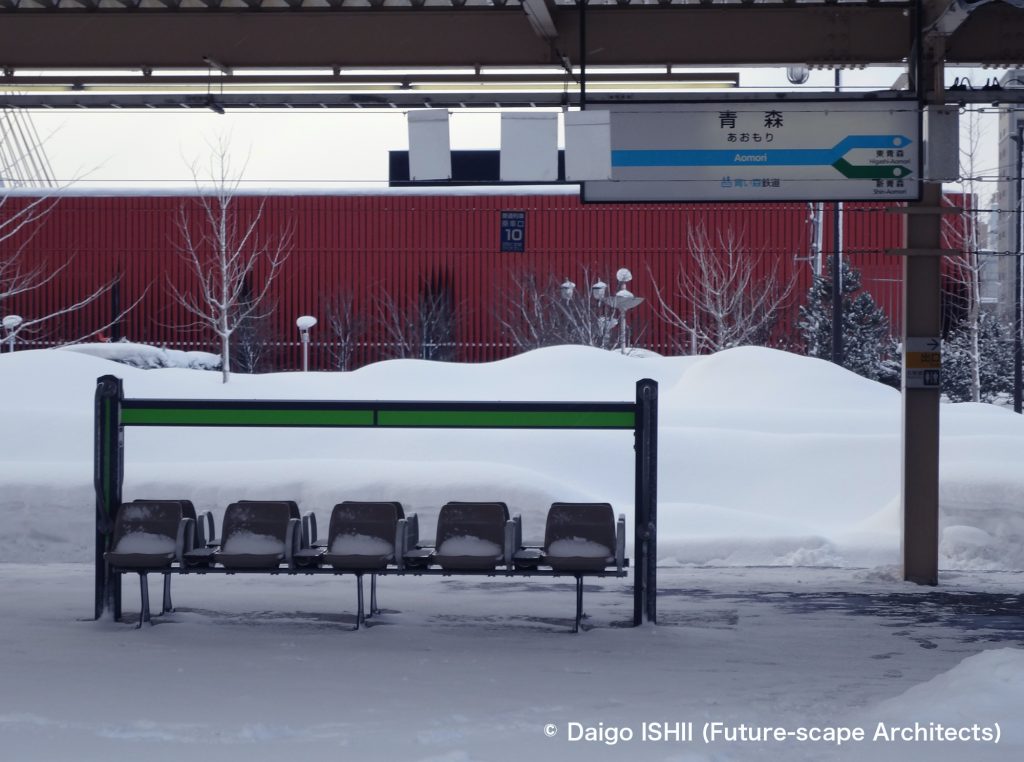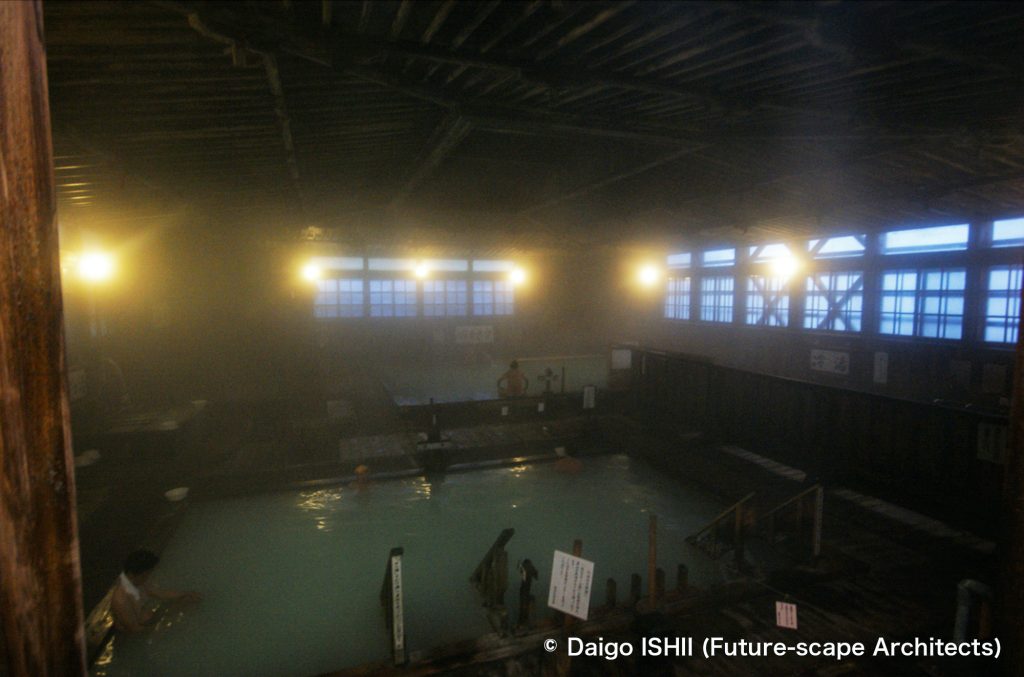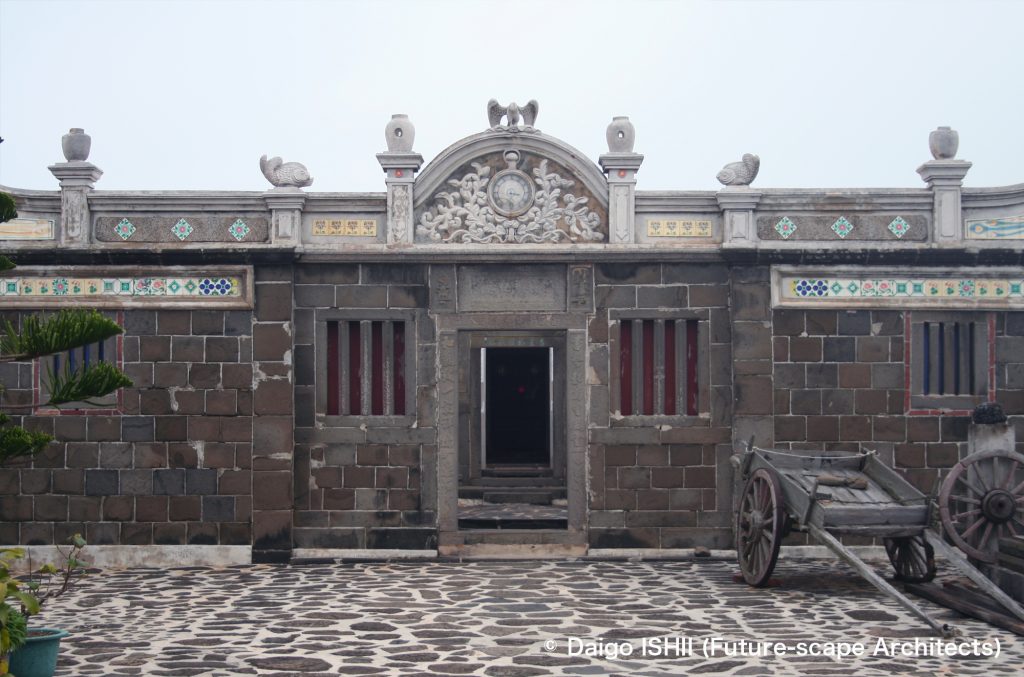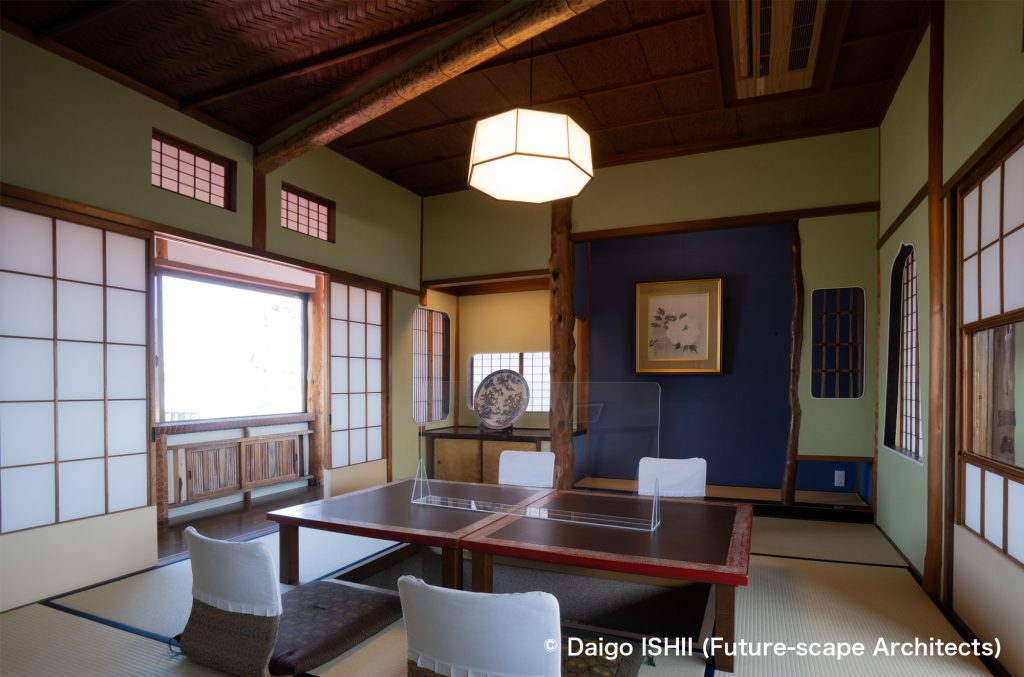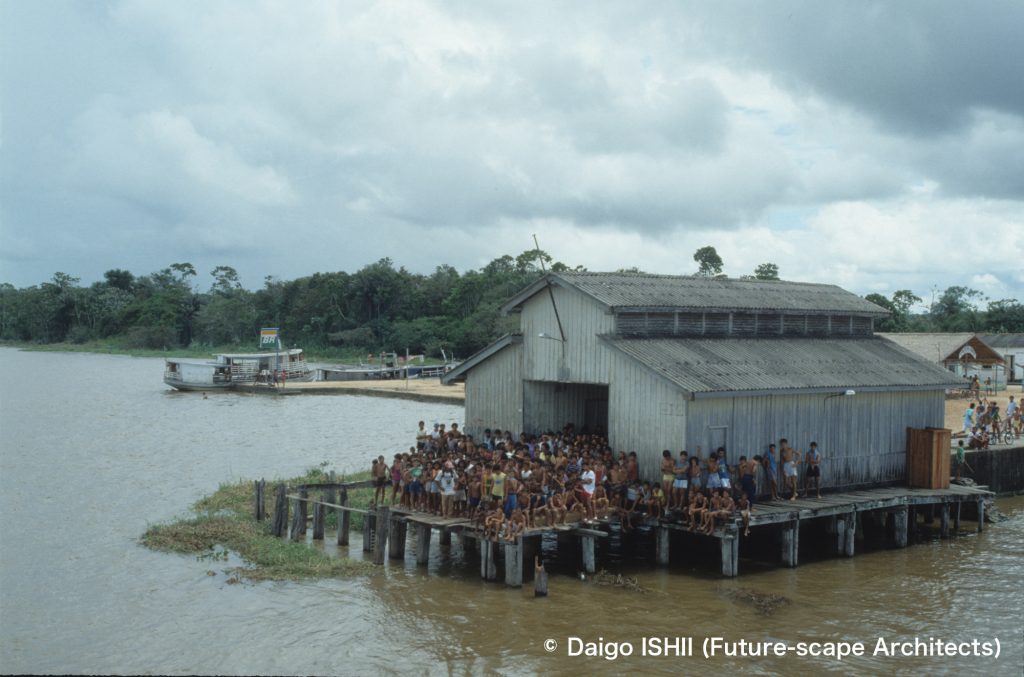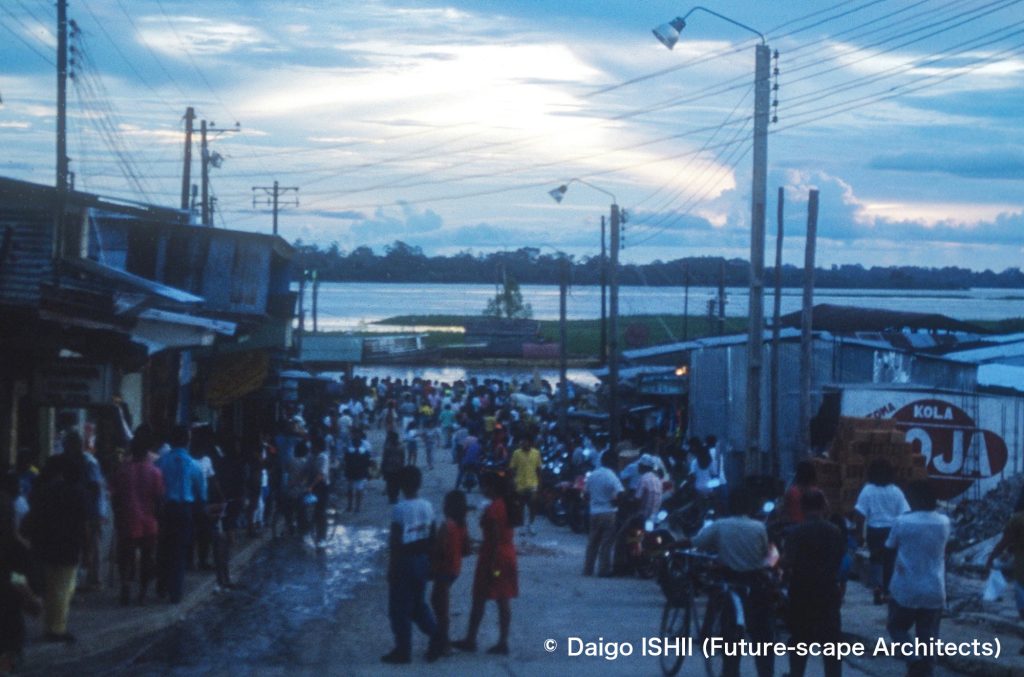As Art Setouchi enters its 5th and 12th year, how would the relationships between volunteers and work or between livelihoods and new businesses change?
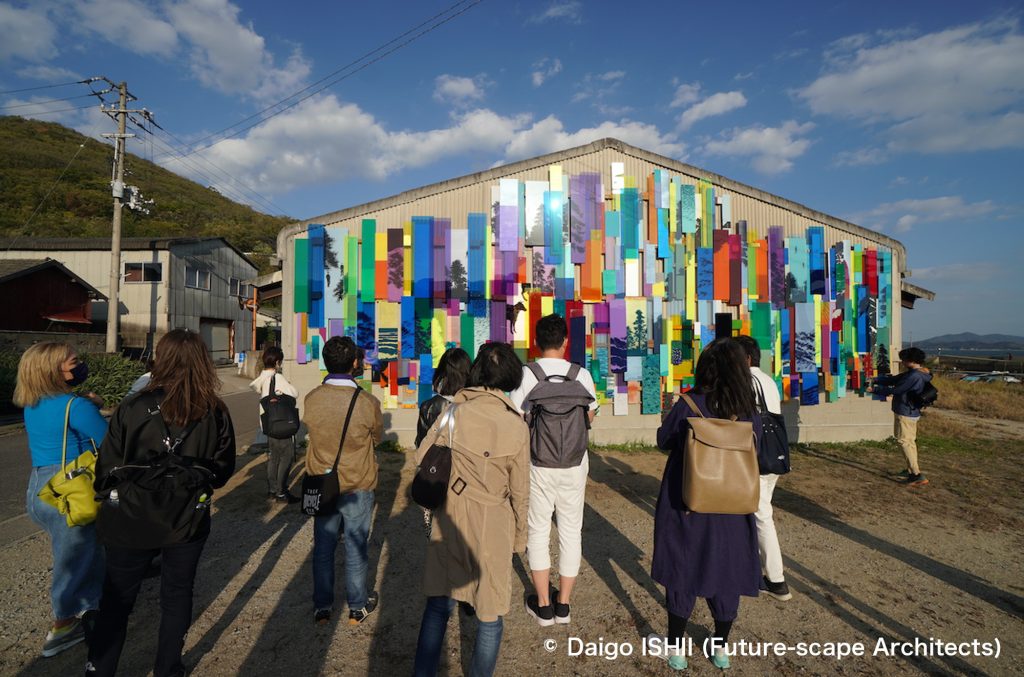
https://goo.gl/maps/GDueASB5m1Nz7onp8
Where is the line between volunteering and work? At many art festivals, artists produce artwork on a volunteer-like fee in exchange for the honor of participating, except for the special-feature artists, and many volunteers support the on-site operations. Even the Art Setouchi, which has grown to an economic effect of 1 million tourists and 20 billion Japanese yen for 12 years from the first festival, depends on much volunteer-like work. The prefectural government doesn't provide project expenses that match the economic effect, the operating body thinks that the festival is a social service project, and artists accept cheap fees due to their weak status and the art festival's dissemination effect. Now it is time to turn the art festival into a proper business.
As for the relationship between traditional livelihood and new business. in the past 12 years, small new tourism businesses have grown in the islands in the eastern area of the festival near the prefecture capital, Takamatsu. Ogijima island is the place with the most change, where as of 2022 there are 10 restaurants and cafes for a population of 170. The island probably has the most restaurants per capita in Japan. Those new businesses are mainly carried out by immigrants and U-turners, meanwhile, the traditional means of livelihood of the islanders, such as fishing and agriculture, are declining. The life and landscape of the island were formed by their means of livelihood. I wish to avoid the situation where most islanders close their means of livelihood and shift to tourism, and all private houses become cafes or guesthouses. The next step would be that tourism contributes to the innovation of means of livelihood as the island's identity.
Due to the inconvenience of transportation from Takamatsu, new busines and means of livelihood are not active on the islands in the western area. As for existing means of livelihood, the exception is Ibukijima island, which earns about 1 - 2 billion Japanese yen a year from the production of Japan's finest dried anchovies. Therefore, those concerned with the fishing industry have little interest in the art festival. However, the catch and population are declining, so innovation for the future should be urgent. Then, the connection with art festivals and tourism must open up a new perspective. My friend's islanders started to re-cultivate a white potato that had been a specialty and made sweets. It is a small step in revitalizing the traditional means of livelihood, triggered by the art festival.
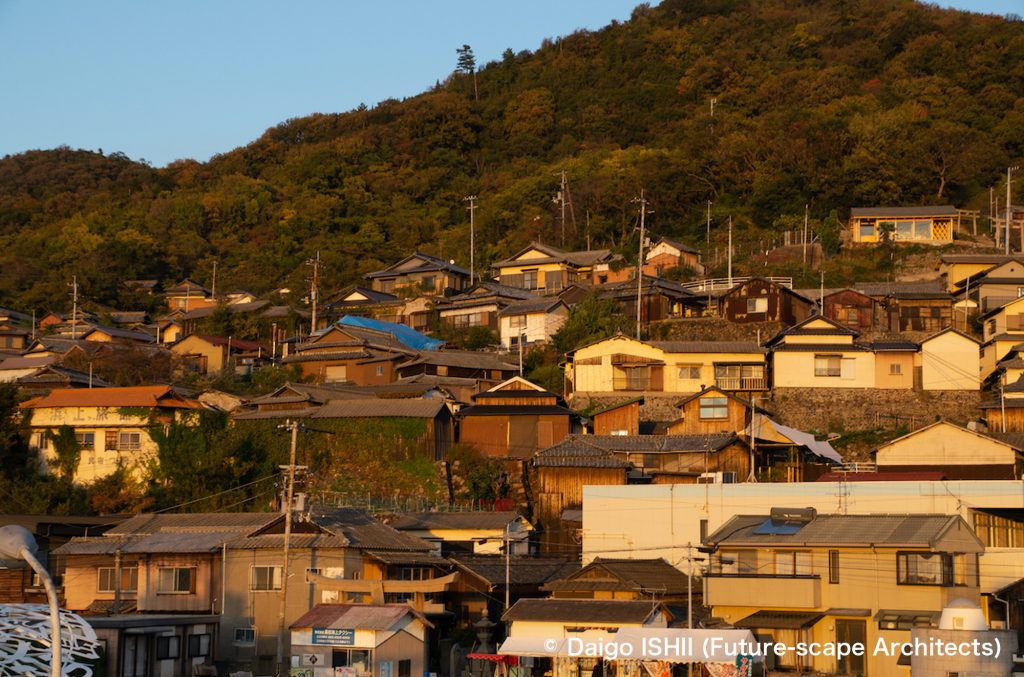
https://goo.gl/maps/S22AvJciUpXYM8428
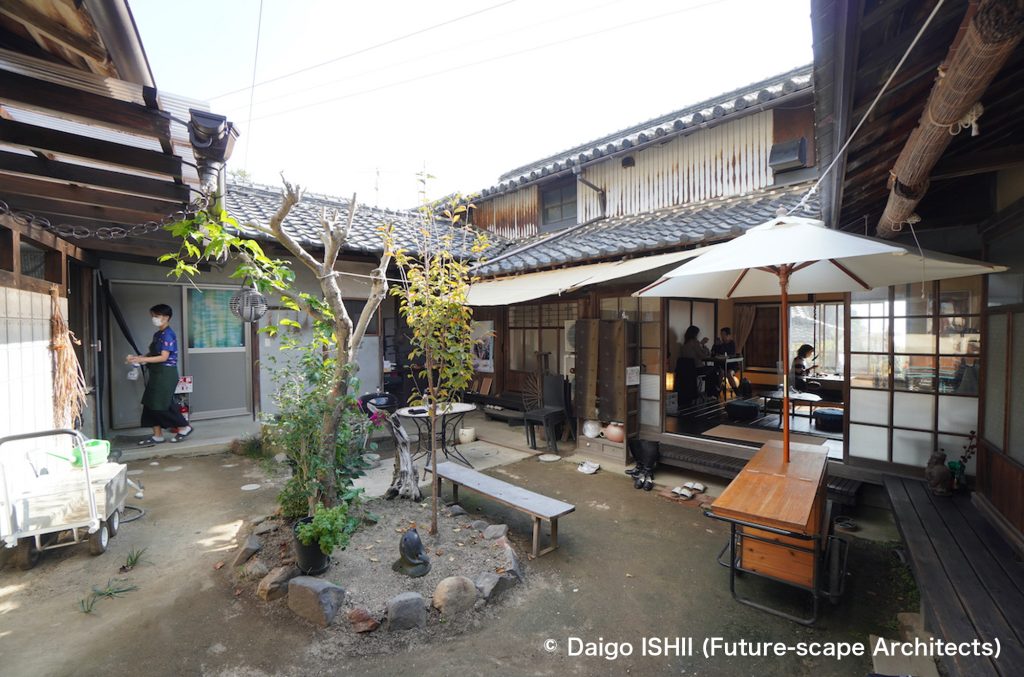
https://goo.gl/maps/QjtuFH6RGbk5BEc59
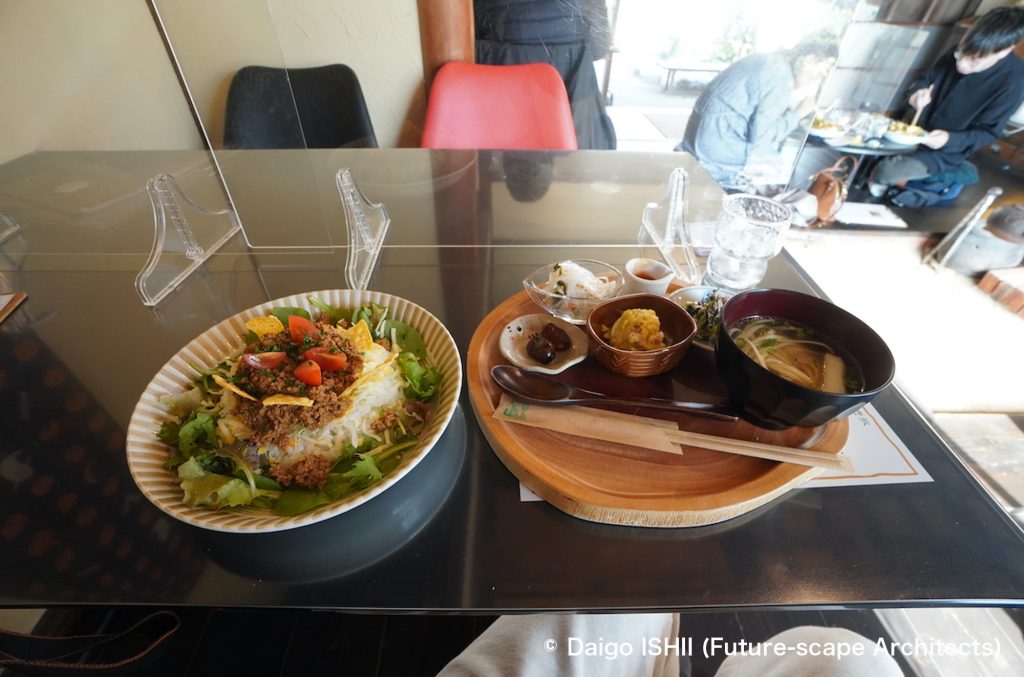
https://goo.gl/maps/QjtuFH6RGbk5BEc59
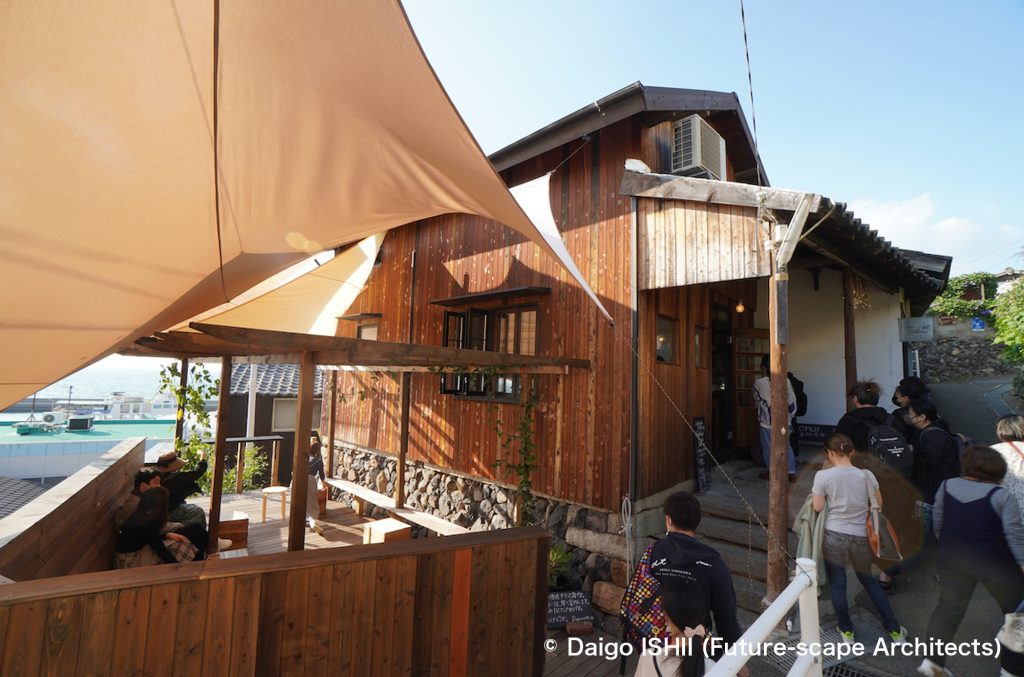
https://goo.gl/maps/QjtuFH6RGbk5BEc59
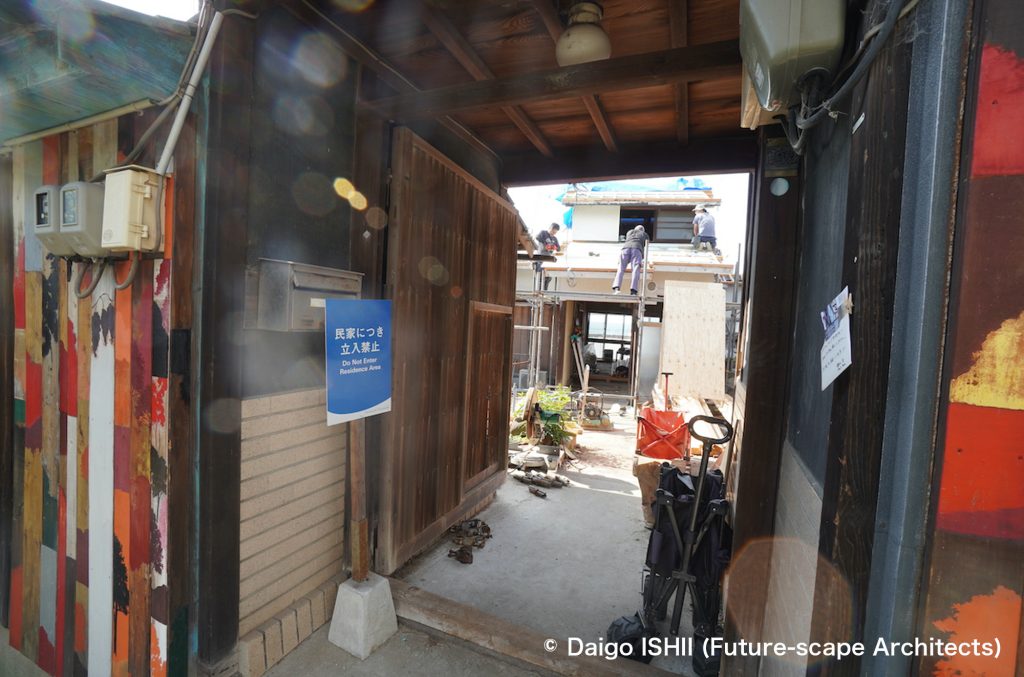
https://goo.gl/maps/S22AvJciUpXYM8428
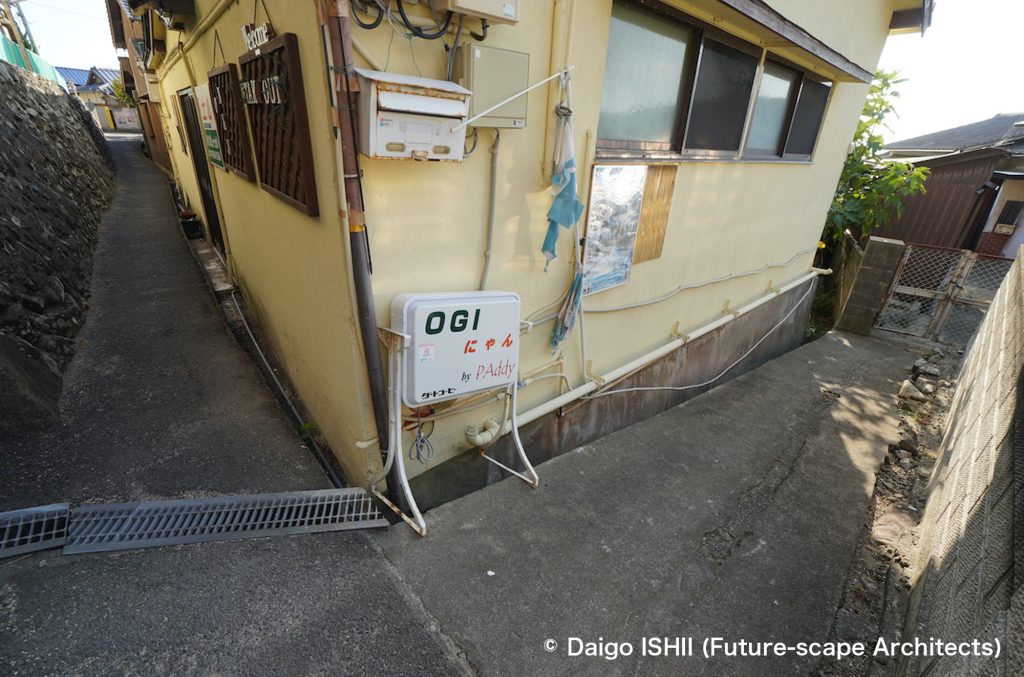
https://goo.gl/maps/S22AvJciUpXYM8428
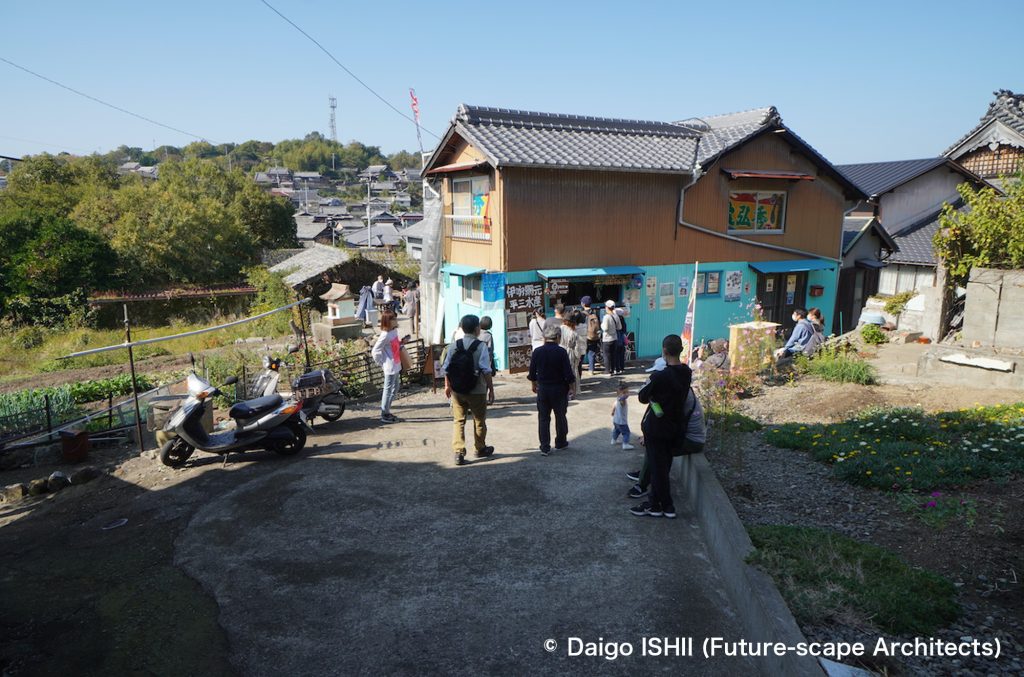
https://goo.gl/maps/zFRuzSiWtSeKue3e7
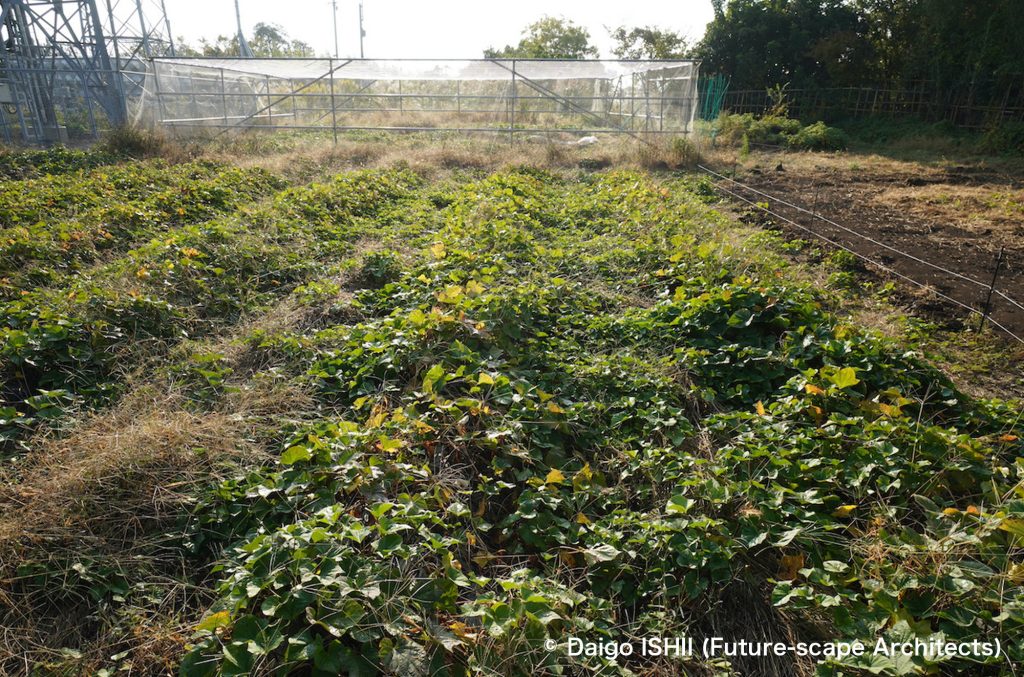
https://goo.gl/maps/KkuxgFynsfX6UTGS9
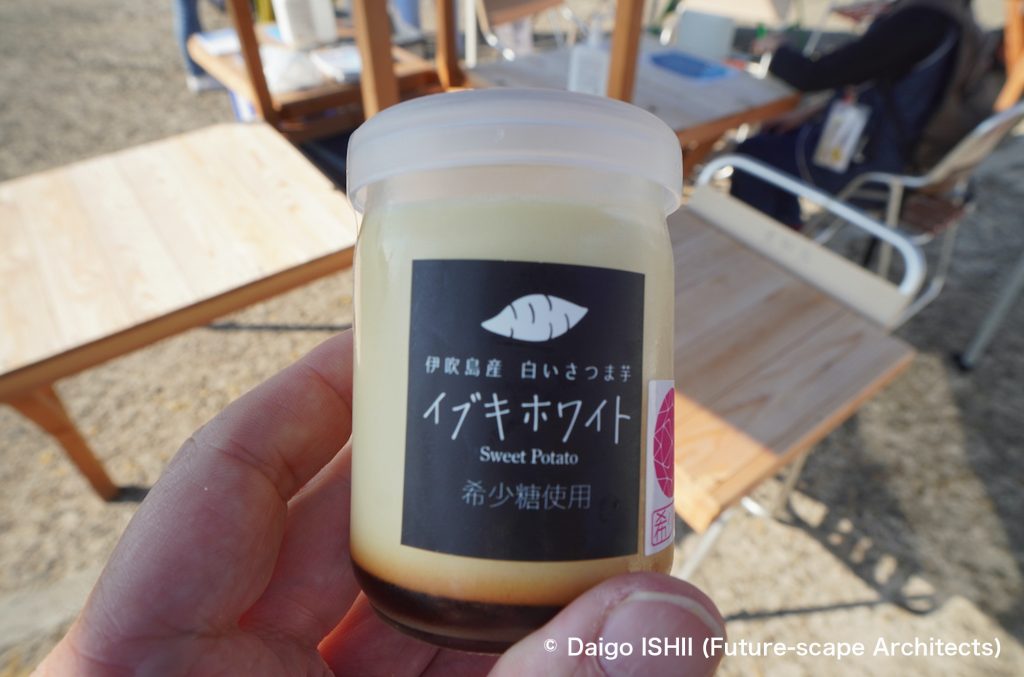
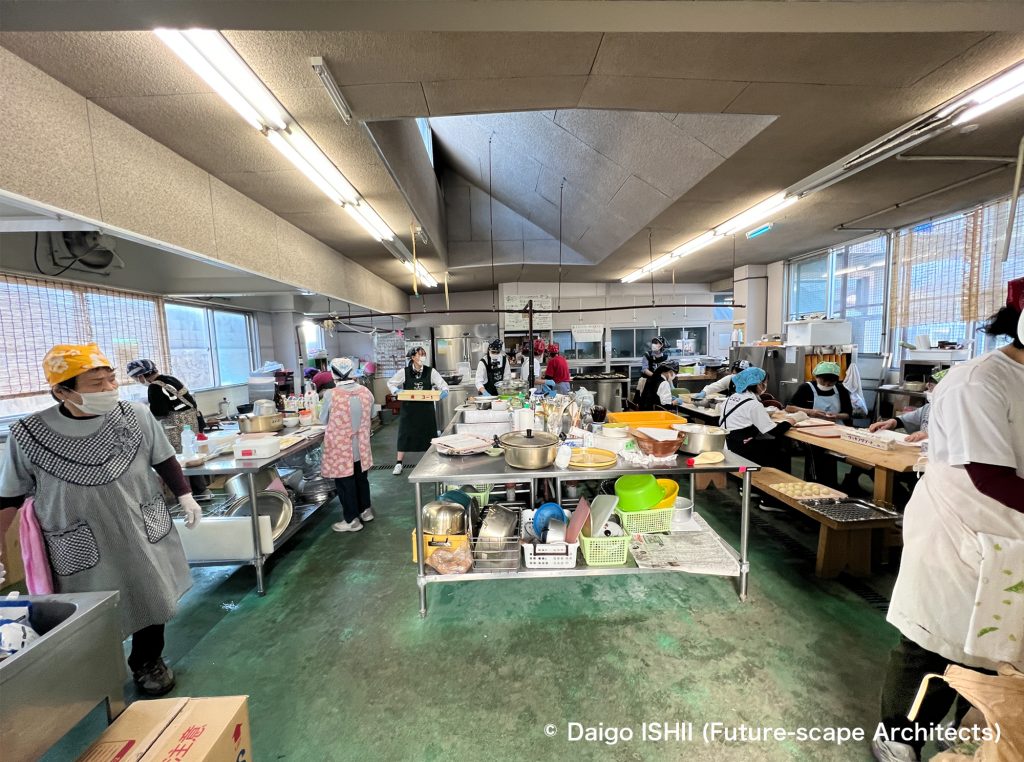
https://goo.gl/maps/HBJhsscjTYyQusSH6
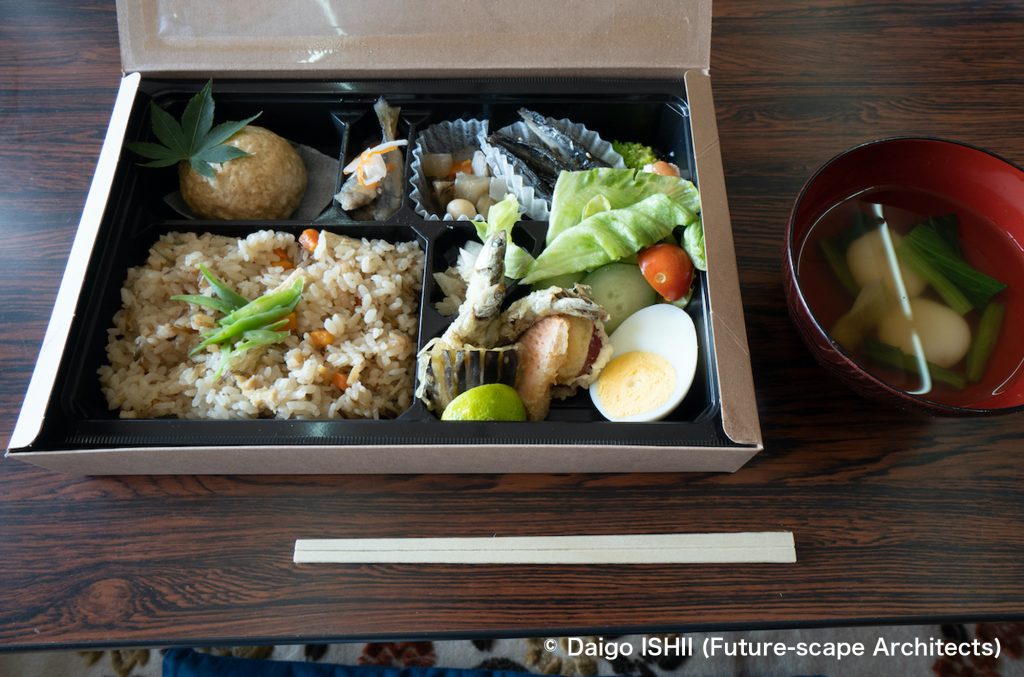
https://goo.gl/maps/HBJhsscjTYyQusSH6
Click here for your impressions
Ogijima island
Ibukijima island
reference
瀬戸内国際芸術祭2022公式ガイドブック アートと島を巡る旅(北川フラム/瀬戸内国際芸術祭実行委員会,現代企画室,2022)
Please do not use or upload our photos without permission.




